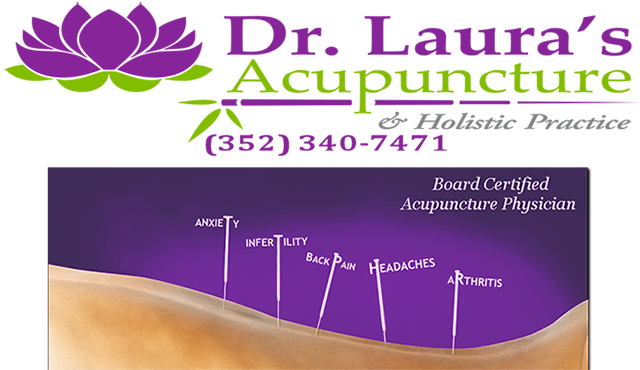Sound healing is a holistic therapeutic practice that uses the vibrations and frequencies of sound to promote physical, mental, and emotional well-being. It is based on the idea that sound can have a profound impact on the human body and mind, and that certain sounds and frequencies can help restore balance and harmony.
There are several techniques and instruments used in sound healing, including:
- Tibetan Singing Bowls: These are metal bowls that are struck or rubbed with a mallet to produce soothing and resonant tones. The vibrations from the bowls are believed to promote relaxation and healing.
- Crystal Bowls: Similar to Tibetan singing bowls, crystal bowls are made from quartz crystals and produce clear, pure tones. Each crystal bowl is associated with a specific chakra (energy center) and is used to balance and align these energy centers.
- Tuning Forks: Tuning forks are metal instruments that produce a specific frequency when struck. They are often applied directly to the body or held near the ears to create a sense of balance and relaxation.
- Gongs: Gongs produce deep, rich tones when struck with a mallet. The vibrations from gongs are said to stimulate the body’s energy and promote healing.
- Voice and Mantras: Human voices and chanting of mantras are used in sound healing practices. The specific sounds and vibrations created by vocalization are believed to have therapeutic effects on the body and mind.
Sound healing sessions typically involve a practitioner or therapist using these instruments or their voice to create a sound bath or sound meditation. During these sessions, participants lie down or sit in a relaxed position and immerse themselves in the healing sounds. The vibrations are thought to help release tension, reduce stress, and promote a sense of well-being.
While sound healing is often used as a complementary therapy, and many people find it relaxing and beneficial, it’s essential to note that scientific evidence supporting its effectiveness for specific medical conditions is limited. Sound healing is generally considered a holistic and alternative approach to wellness and should not be a replacement for conventional medical treatment when needed. It’s always advisable to consult with a healthcare professional before using sound healing as part of a treatment plan.
